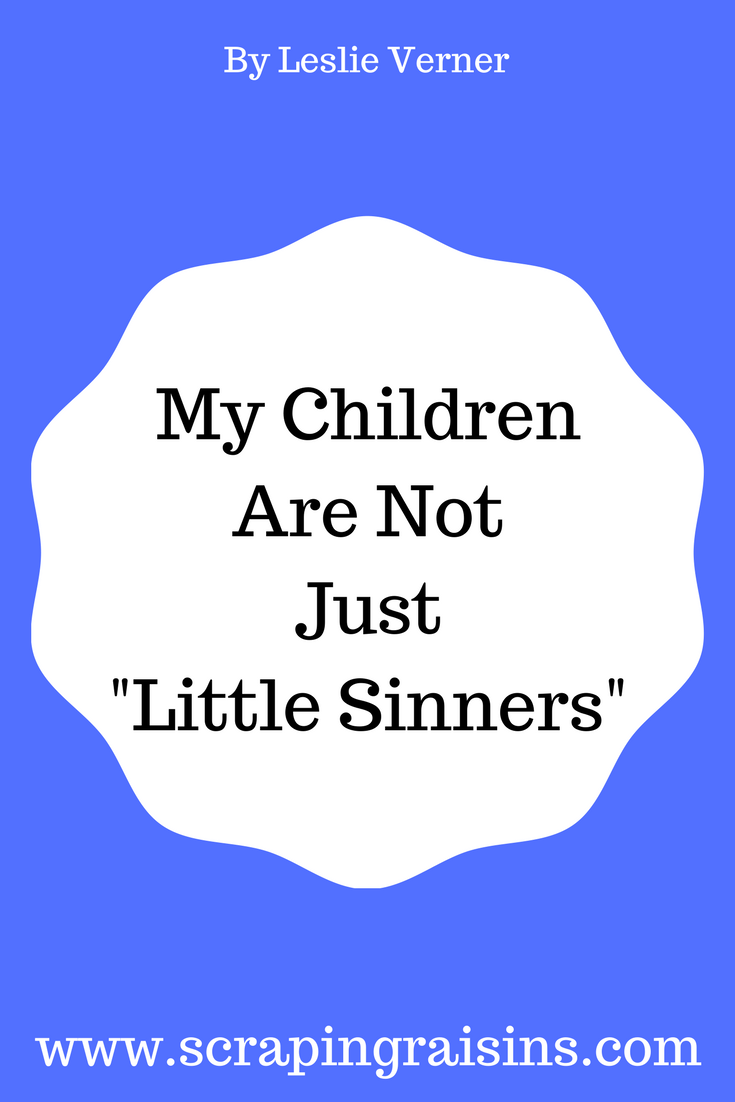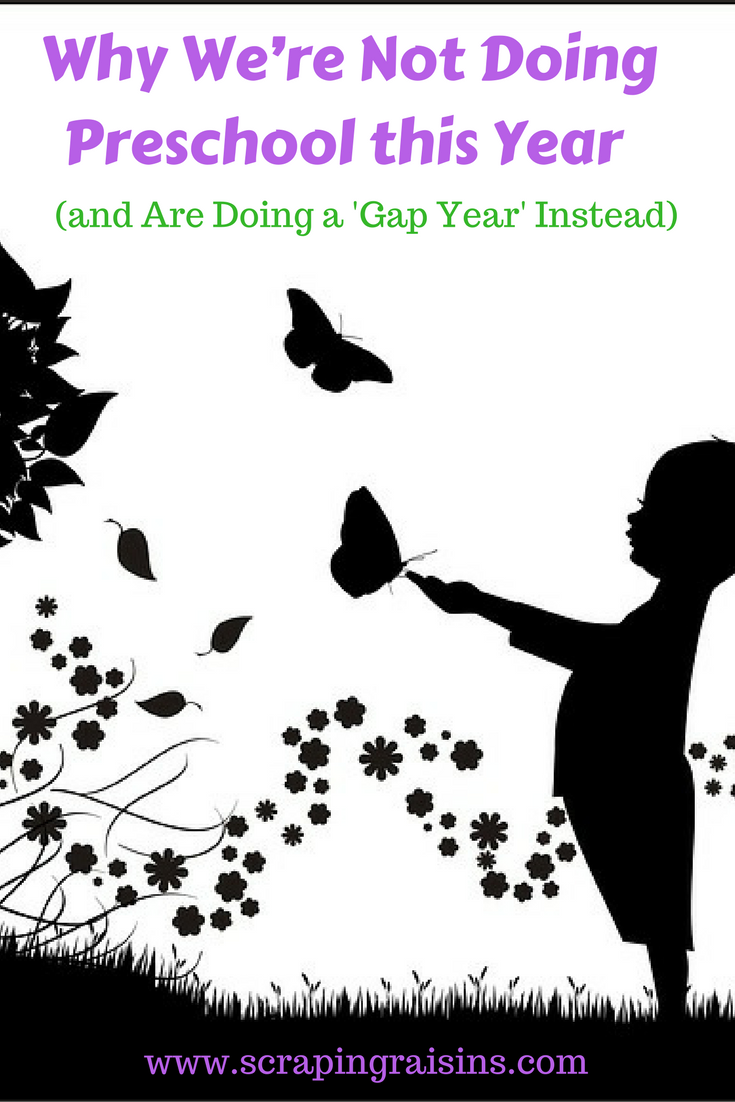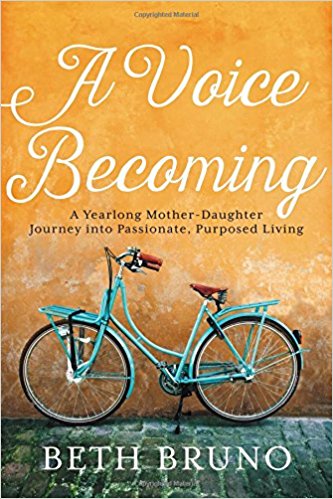
A VOICE BECOMING is written by a fellow sojourner, still in the middle of the journey, processing her own story as she casts a vision for her daughter to discover hers. Readers will join Beth in a yearlong journey of teaching their daughters that women lead, women love, women fight, women sacrifice, and women create. Moms learn how to use film and books, tangible experiences, volunteering, interviewing other women, traveling, and more in a creative and life-altering way to help solidify these important concepts in the mind and life of their young teen.
1. Why did you decide to write this book?
I did not set out to write a book like this. While my husband researched and designed the year that became the Man Maker Project: Boys are Born, Men are Made, I did my own research. Even less had been written about rites of passage for girls. And what I found felt insufficient given current culture and the realities youth face. My girls did not fit the archetype described in many existing books and I knew I would miss their heart if I employed those models. That, paired with the enormous expectations they had after my son’s “man year,” meant creation of our own journey was inevitable.
2. Tell us a little bit about you and your girls. What is your relationship like?
We are some pretty independent women! Once we got over the initial toddler Sunday school tears, my girls marched confidently away from me toward every new adventure. The youngest started overnight camp at age 7 (which I still can’t believe we did!) I’d say we’re close, but not intertwined. As in, I never struggled with being a helicopter mom. We share the passion gene and get fired up about strong women doing cool things. They play along with my quirky interests, but the older they get, the fiercer their sarcasm and teasing gets. I give them a lot of fodder, but down deep, I sense they love it.
3. Can you share about a difficult time parenting your tween daughter?
How to choose one? Lest you think all is easy and swell all the time in our household, believe me when I tell you I have been called “dictator of the universe.” My kids are still kids and I am still a very human and fallen parent. The biggest challenge for me is sustained empathy. There are a few themes on repeat in each child’s life and I tend to go through cycles of mercy and exasperation. In the Appendix, I write about Ella’s theme with friends and I have to tell you, this is one of those cycles for me. Deciphering between truth and perception, emotion and reason, makes it difficult to navigate problems with tweens. My challenge was to show up every time she needed me to. To be present in the pain and not checked out in fatigue. I did not always succeed.
4. How did your daughter feel about the year during the year? After?
Ella ate up my intention toward her. Honestly, it made me realize how much she needed my attention. She understood it was a big deal to “become a woman” and knew to take serious each thing we did together. I even think she was proud to tell her English teacher the books she brought to class were “assigned” by me. Since completing the year, I’ve noticed a beautiful, albeit difficult, by product: She is more mature than peers. Recently, she articulated this by saying “I’m going to run for President and make it mandatory that all girls have a Becoming year.”
5. How does your work to prevent human trafficking intersect with raising strong girls?
I spend most of my time addressing two different types of girls: “at-risk” and overly active. With community service providers, I am working on intervention models with vulnerable kids, response protocols, and prevention tools for those most at risk of being exploited. In high schools, I speak to the whole student body, but it is often the overly involved, good students who want to take on leadership. These two groups have something in common however: girls who live small stories are often more vulnerable to traffickers. It doesn’t matter if she comes from a chaotic home or a church-going family, if a girl has a gaping hole in her heart and she fills it with whatever feels good at the time, she is easier to manipulate. My passion to cast a vision for a bigger story, to lift girls’ eyes out of the daily obsession with bodies, boys, and besties, to a life of purpose and passion is my antidote to exploitation and ultimately, human trafficking.
6. You write a lot about story. Why has that become so important to you?
My husband and I have taken to calling ourselves story ninjas. There is something sacred that occurs when you’re in conversation with someone and they pause, or their voice falters, or they look askance and you know, right there, in that moment, story is present. Sometimes, we say, “whoa! Go back. What was that?” and if they want to play along, beauty unfolds. We have found that naming the story-moments has helped our marriage and parenting to be more dimensional, more whole-hearted. Just recently, a hurtful episode happened among the siblings. When we processed it, Ella named her story of feeling chronically excluded by friends so that when her own brother and sister did the same thing, she felt especially sad. It wasn’t just a thoughtless act on their part, it was salt on a wound and it triggered much more in her soul. Understanding story has helped us understand ourselves and our people in more meaningful ways.
7. Why a bike? What’s the significance of the bike on the cover?
Bikes are a perfect picture of adventure and for me, a symbol of story itself. When we were living in Istanbul, we became desperate for a hobby that took us into nature and relieved us from the concrete congestion of the city. We heard of bikes being sold under an overpass on the other side of the city, the only place at the time, and we ventured out to buy two with a toddler seat on one. We lugged those bikes on the ferry that crossed the Marmara Sea to Islands without cars. We drove for hours to a park with trails through the forests. We clung to those bikes like canteens in a desert. And they came back to the States with us. As the years passed, that bike ceased to represent adventure and became utilitarian: it got me places. Function replaced passion. But recently, 16 years later, I bought a new bike – a fast bike my family calls the Ferrari – to reclaim desire. I am intentionally writing a new story.
Our bike adventure in Holland was also far more than just a physical activity. It captured our need for challenge and my search for metaphor. The journey also fulfilled a long held dream my mom and I had. As I framed the Becoming year around God’s questions to Hagar, where have you come from and where are you going, the bike became the perfect symbol for the epic rites of passage I sought to create.
8. What’s next for you in your writing, speaking, and nonprofit work?
If I did it well in A Voice Becoming, I left women with a sense of curiosity around the idea of “big story living” vs. “small storied lives.” But I fear that the natural assumption will play into women’s already existing insecurities and comparison: if I’m not doing that big thing or if I’m not growing something, I’m not living a big story life. I want to talk more about that. Because in a world that extols scale, how do we derive meaning from the small, yet still be caught up in a grander vision? I’ll be speaking about a storied life, a scaffolding of womanhood, and passionate, purposed living for women.
9. And how does how your nonprofit work tie into the book?
We all used to think only highly vulnerable youth experienced sex trafficking, but more and more we see children of dual parent, dual income, church-going families exploited. When any person has a longing in their heart seeking to be filled, they become more susceptible to the attention and manipulation of traffickers. Compound this with assault and many girls tailspin into destructive behaviors leading to exploitative relationships. In AVB, I aim to lift girls’ eyes above the small storied living of most teens, with the usual obsession with bodies, boys, and besties, to cast a vision for a greater story being told through them. Simultaneously, I hope to empower moms to engage their own stories and journey alongside their daughters, hopefully responding to the call of God on their hearts to offer the fullness of themselves to this world. With a vision like this, there is little time for unhealthy relationships and instead a deeper sense of self that cannot be shaken.
10. What do you say to people who say strong women/ feminism and Christianity are at odds?
I hope I don’t sound too cheeky when I question which Bible they’re referring to? I see strong women throughout scripture, on the pages of the Old and New Testament. I think of Hagar who returned to abusive Sarah with courage granted from an encounter with God. I see Ruth and Naomi who traversed the desert on their own and humbly won the favor of their kinsman redeemer. Esther need not be explained, nor Jesus’ mother Mary, nor sisters Mary and Martha. What about Phoebe? The first woman to be named a deacon. Or Tabitha, the only woman called a disciple? Strong women peppered Jesus’ lineage, birthed him, ministered alongside him, and have carried the mantel of the gospel ever since.
Th is week, I’m giving away two free hardback copies of A Voice Becoming.
is week, I’m giving away two free hardback copies of A Voice Becoming.
One will be to those who comment on my Instagram post by midnight (MT) of January 18th and tag friends you think would be interested in this book. I’ll enter you one time for each new friend you tag!
Another will be for new subscribers to my newsletter between now and midnight of January 18th. Sign up for my mid-month digest and end-of-month SECRET NEWSLETTER here:
On January 19th (my birthday, just FYI;-) ), I’ll announce the Instagram winner in the comments section of that post and email the winner of the newsletter sign-up!
You can buy A Voice Becoming here:
ABOUT THE AUTHOR:
 BETH BRUNO traded the Blue Ridge for the Rocky Mountains after two decades in mega cities. Upon graduating from Northwestern University in Chicago, she and her husband moved to an even larger city, Istanbul, where they led campus teams with Cru. Ten years later they moved to Seattle where Beth received an MA in International Community Development and launched a nonprofit aimed at preventing domestic minor sex trafficking. Beth regularly speaks and trains around the topic of trafficked youth, including interviews with local radio stations and lots of coffee with the FBI, Homeland Security, and local law enforcement.
BETH BRUNO traded the Blue Ridge for the Rocky Mountains after two decades in mega cities. Upon graduating from Northwestern University in Chicago, she and her husband moved to an even larger city, Istanbul, where they led campus teams with Cru. Ten years later they moved to Seattle where Beth received an MA in International Community Development and launched a nonprofit aimed at preventing domestic minor sex trafficking. Beth regularly speaks and trains around the topic of trafficked youth, including interviews with local radio stations and lots of coffee with the FBI, Homeland Security, and local law enforcement.
This post includes Amazon Affiliate links.
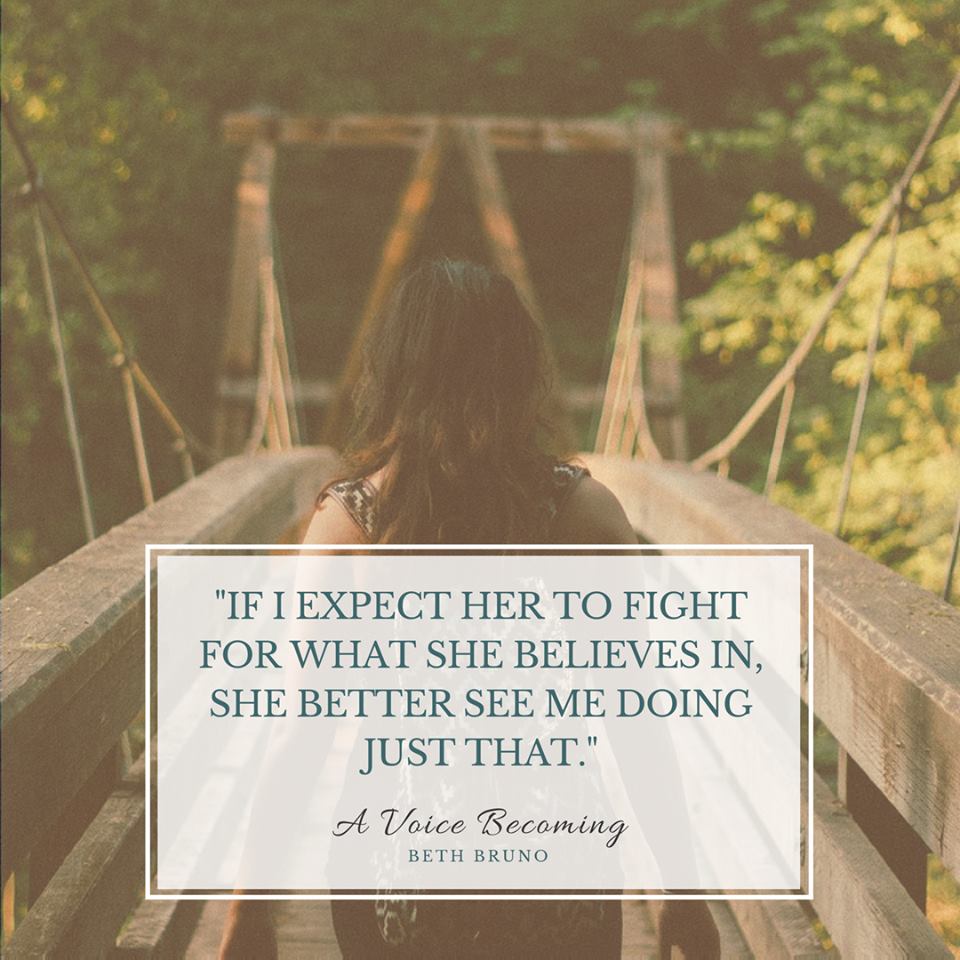
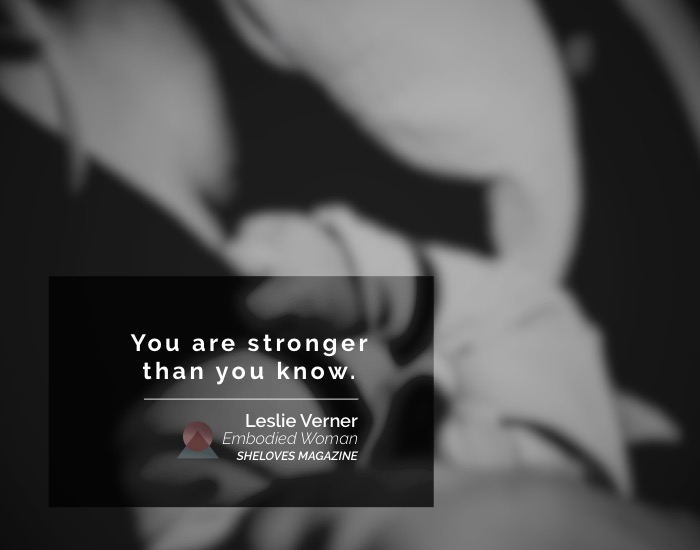

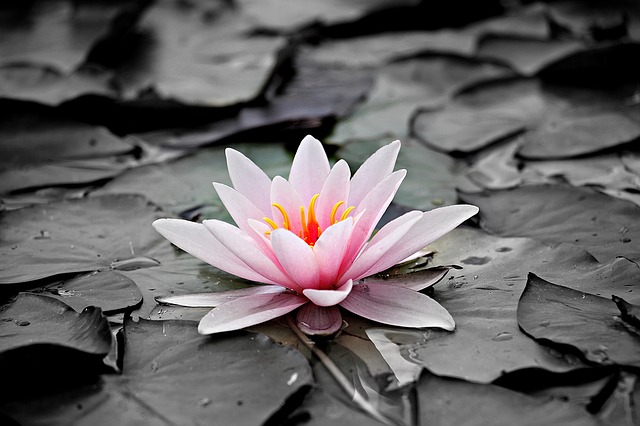
 Lydia Rueger is a mom of two, writer and editor for Colorado Parent (www.coloradoparent.com) magazine, and picture book writer pursuing publication. She’s other things, too. Learn more at
Lydia Rueger is a mom of two, writer and editor for Colorado Parent (www.coloradoparent.com) magazine, and picture book writer pursuing publication. She’s other things, too. Learn more at 
 is week, I’m giving away two free hardback copies of A Voice Becoming.
is week, I’m giving away two free hardback copies of A Voice Becoming. BETH BRUNO traded the Blue Ridge for the Rocky Mountains after two decades in mega cities. Upon graduating from Northwestern University in Chicago, she and her husband moved to an even larger city, Istanbul, where they led campus teams with Cru. Ten years later they moved to Seattle where Beth received an MA in International Community Development and launched a nonprofit aimed at preventing domestic minor sex trafficking. Beth regularly speaks and trains around the topic of trafficked youth, including interviews with local radio stations and lots of coffee with the FBI, Homeland Security, and local law enforcement.
BETH BRUNO traded the Blue Ridge for the Rocky Mountains after two decades in mega cities. Upon graduating from Northwestern University in Chicago, she and her husband moved to an even larger city, Istanbul, where they led campus teams with Cru. Ten years later they moved to Seattle where Beth received an MA in International Community Development and launched a nonprofit aimed at preventing domestic minor sex trafficking. Beth regularly speaks and trains around the topic of trafficked youth, including interviews with local radio stations and lots of coffee with the FBI, Homeland Security, and local law enforcement.

